Now is the Time: Planting The Fall Garden
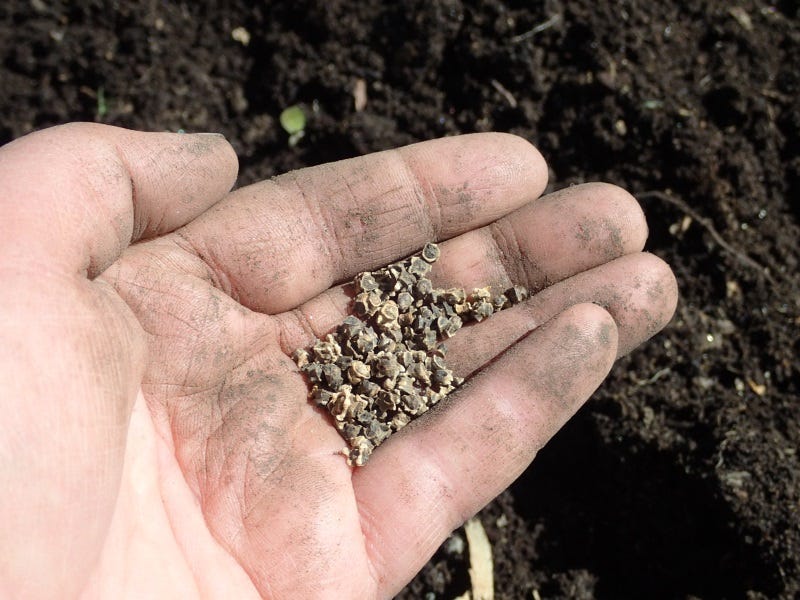

Plant now for a garden that keeps giving through the holidays.
Even with the summer vegetable harvest coming on fast and furious, it’s time to prepare for your fall garden and extend your season for as long as possible.
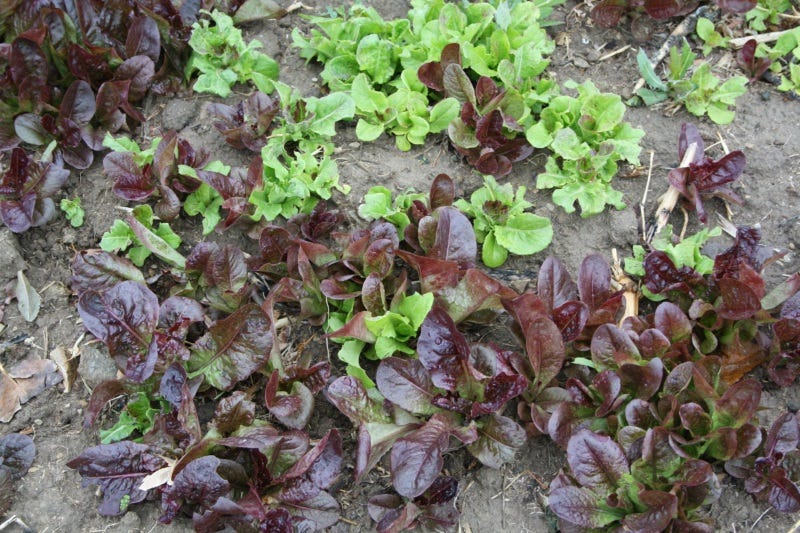
Growing for Fall Harvests is "Easier"
Veteran gardeners know that fall is an easy time to grow vegetables. Insects are on the downward slide, weeds are far less of an issue, and the extreme heat has passed. There might even be additional rain to assist in watering. But timing is everything. With limited days before severe cold hits, and with decreasing sunlight, seeds and plants need to be planted with enough time to mature. The window to plant can slip away in the exuberance of a summer harvest, which is why this is the perfect time to pencil out your fall gardening plan and put it on the calendar.
Looking for the tools you need to get your fall garden seeded right?
The best way to look at fall gardening is to consider it as spring in reverse. Focus on many of the same varieties you plan to harvest in summer, as they will mature in the short fall growing season. Plus, these varieties prefer cooler temperatures. Options include: beets, carrots, parsnips, peas, greens of all sorts, spinach, radishes, cabbage, broccoli, cauliflower, kohlrabi, Swiss chard, kale, and fast maturing beans.
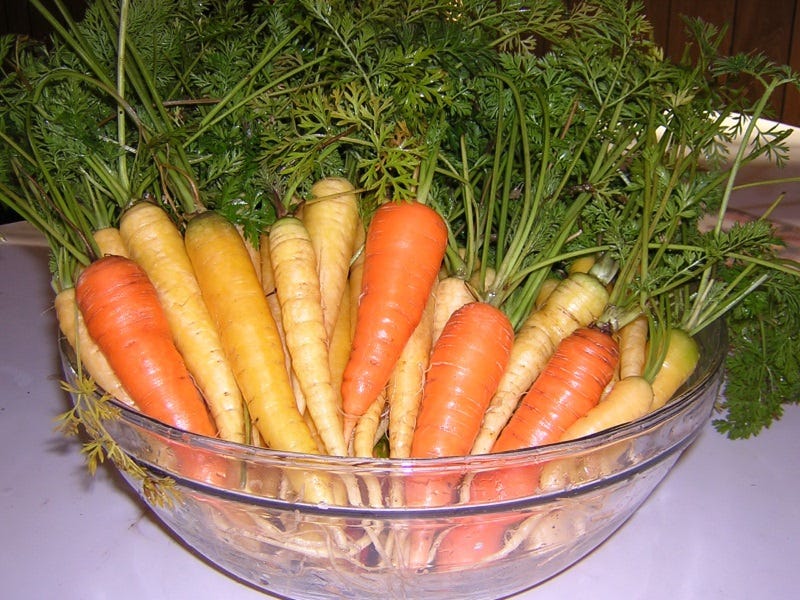
Replace and Regrow for More Fall Produce
Oftentimes, as summer crops mature and fade, they can be removed and replaced with the vegetables intended for autumn harvest. But, depending on your rotation system, you could set aside fall sections in the spring with full intention of planting those later in the summer. These areas can also be amended by planting spring cover crops and turning them under before late season planting.
Instead of looking at last frost dates as the guide to safely plant, fall gardeners use the average first frost to calculate when seedlings need to be in the ground, or when seeds should be sown directly in the garden. To determine adequate time, note the first frost date and count backwards, adding a week or two (depending on whether you typically have a mild fall), to mitigate decreasing day lengths and cooler nighttime temperatures.
How's your lawn looking right now?
Easy Examples of when to Plant for a Fall Harvest
For example, with a first frost date of October 1, peas and beans that require 50 to 60 days until harvest should be seeded between the end of July and mid-August, at the latest. While seeds germinate quickly in the warm summer days, the cooler nights slow ripening. Many lettuce varieties, which typically mature within 45 days (or less), need to be in the ground between the middle of August to the first week of September. Spinach and radishes, with a much shorter time from seeding to harvest, are seeded closer to the end of August, even into the middle of September. Radishes, typically, are less woody and bitter in the fall, and there is no risk of spinach bolting, which is so often the case in a spring planted crop.
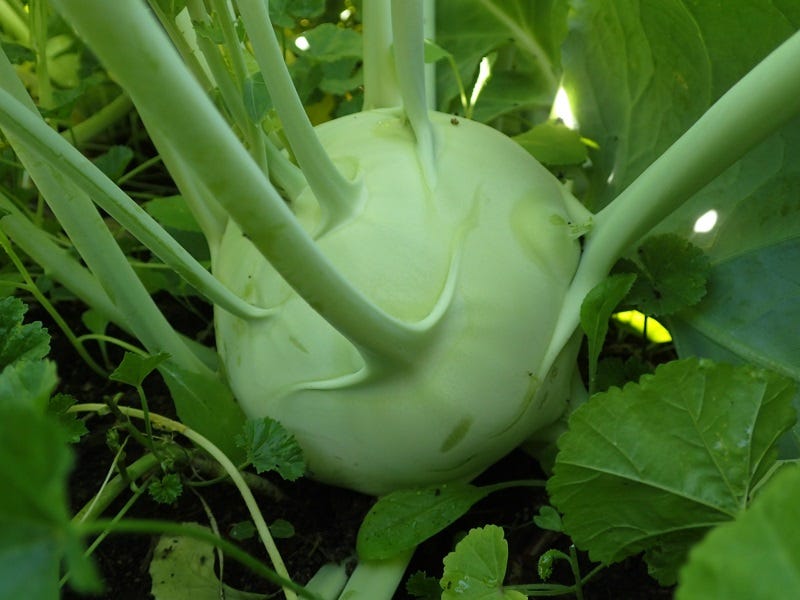
Root crops, such as carrots, beets, and parsnips, usually have longer growing times, ranging from 50 to 80 days. However, for the fall garden, choose faster growing versions for the best results. Plant by early to mid-August in areas with the October 1 first frost, adjusting as needed based on your local first-frost times.
More Good Vegetable Options for Planting your Fall Garden
The good news about these carrots and parsnips is they can be left in the ground well into the fall with proper insulation over the garden beds. Before the ground freezes in late fall, place a foot or more of straw over the beds. In windy regions, you might want to pin down a layer of floating row cover, or a tarp, over the top to keep the insulating material from blowing away. With this protection, in many areas, your vegetables can be dug up and used throughout fall and oftentimes into winter. In areas where temperatures frequently plummet below zero, it’s best to remove vegetables before the snow and cold trap them in the ground. Although beets can be planted for fall harvest, they should be pulled prior to ground freezing as they do not hold up as well in the soil as some other vegetables.
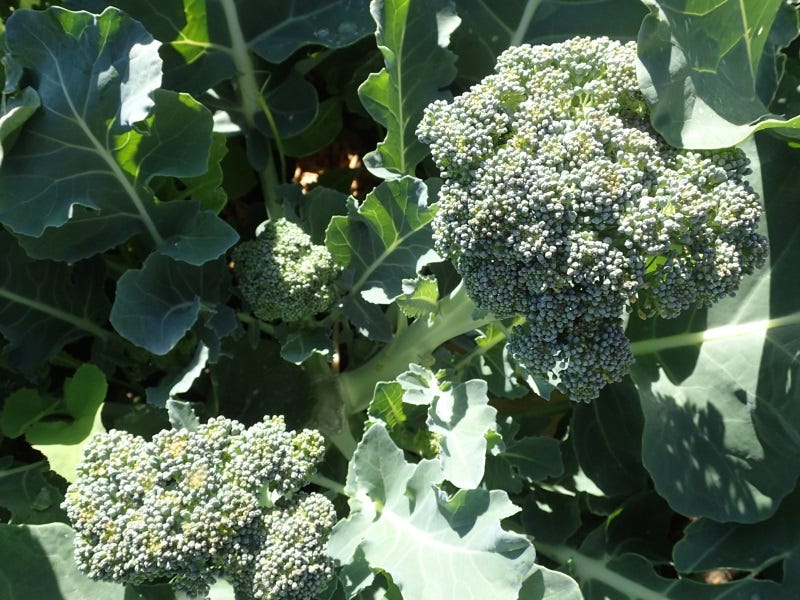
While most of these choices can be directly seeded into the garden, choosing to start or buy seedlings for broccoli, cabbage, kohlrabi, and cauliflower buys time to ensure maturation. However, the trouble with buying fall seedlings is that most nurseries are sold out for the season.
These tools can help you planting your fall garden.
Starting Seeds Inside Before Transfer to Fall Garden
To solve this issue, start your own. Seed them in small containers filled with potting soil, just like you would in the spring. Typically, by the end of June into the first part of July, you can transplant them into a garden. The greatest advantages of planting these Brassicas during fall is avoiding the cabbage moths that often plague the springtime crop, as well as enjoying non-bitter broccoli and cauliflower as cool temperatures keep them crisp and delicious.
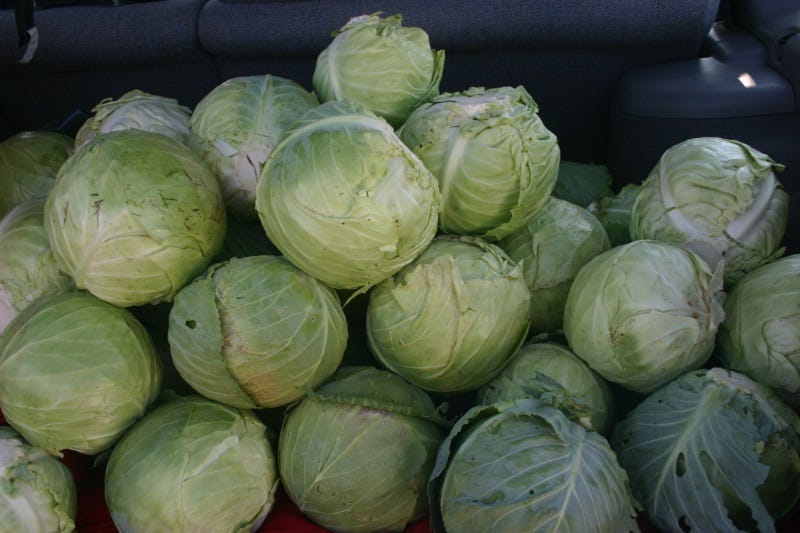
How to Handle Frost and Fall Cold
Handling frost is a reality of fall gardening, but it is easier to mitigate because warm soil reduces the impact of the cold, at least earlier in the season. Just as you would during spring, be proactive by covering the plants with a floating row cover, blankets, or buckets if there is risk of a heavy frost (in the upper 20s Fahrenheit range). As the season progresses, you can extend the harvest by keeping floating row covers on the plants until a hard freeze in the mid-to lower 20s ends the season.
This is how you extend your growing season.
While the floating row covers reduce light availability, this is less of an issue because most of what you planted in the late summer should be mature. Covering simply keeps the plants from dying until you are ready to use them.
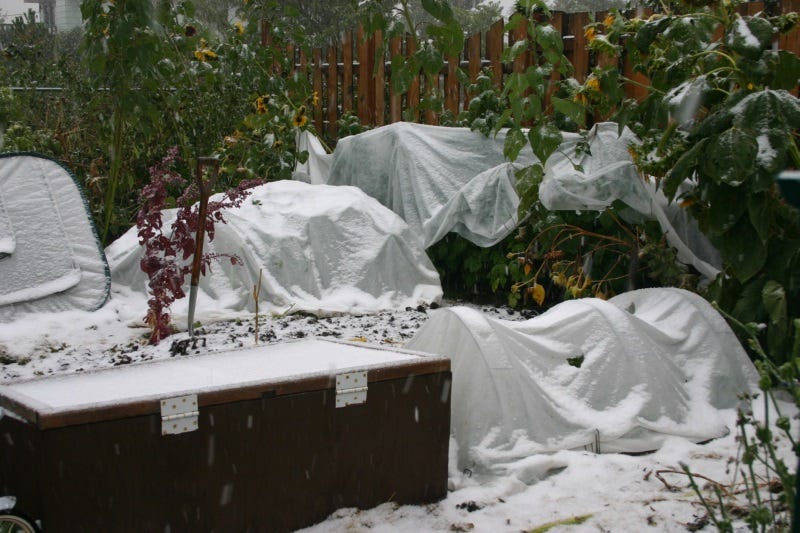
Besides insulating the carrots and parsnips for late-season harvest, more and more growers are covering their spinach with tunnels, not only to pick up until Thanksgiving, and sometimes Christmas, but to kick-start the spring season. Although the plants cease growing in November, when the day length is nearing its lowest point, as soon as the days grow noticeably longer in February, they begin again.
What are you going to plant this fall?
It can be difficult to think about planting when summer temperatures flirt with triple digits, but by spending a little time now, there’s no reason your can’t harvest right up until winter really arrives.
